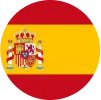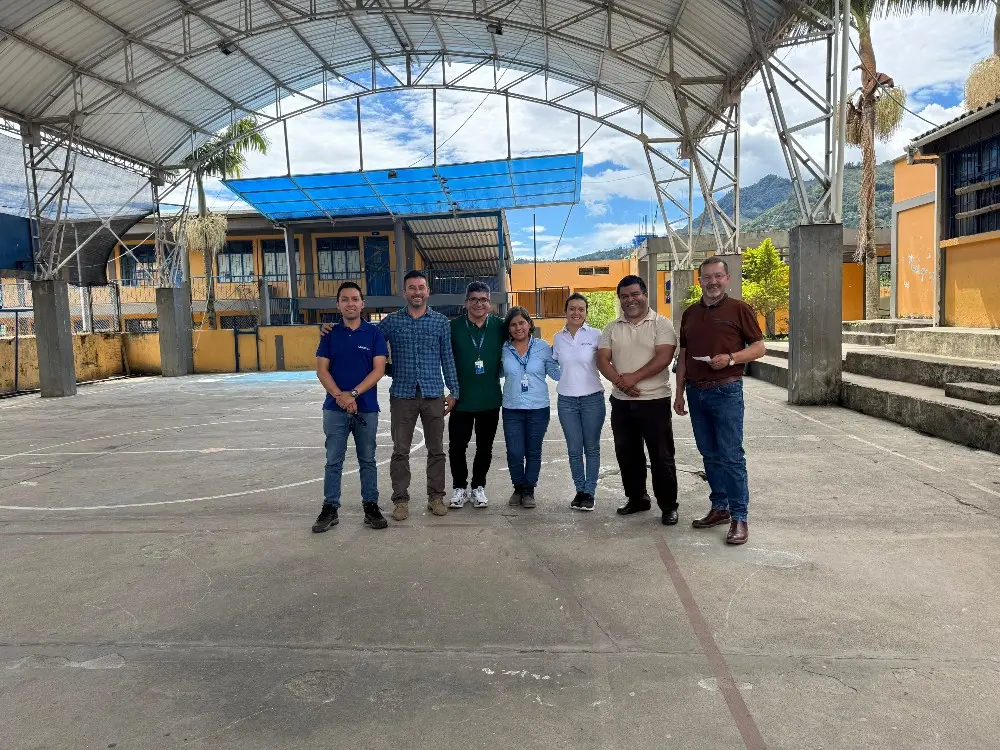Pasto, Nariño. July 15, 2025. In the municipality of Colón Génova, in the department of Nariño, an initiative is underway aimed at integrating technical knowledge with peasant wisdom. In this process, twelve families from the territory are actively participating in the transformation of their productive systems, with the goal of transitioning toward agroecological models that strengthen food security and sovereignty.
The project, titled -Participatory Design of an Agroecological System for Horticultural Production and Small Animal Species as a Strategy for Food Security and Sovereignty in the Peasant Reserve Zone (ZRC) of Colón Génova-, has been developed with the support of the Municipal Mayor’s Office, the Municipal Educational Institutions Divino Niño and Nuestra Señora del Rosario, and the technical assistance of AGROSAVIA’s Obonuco Research Center.
As part of the project’s first objective, the Land-Use Planning Tool for Agroecological Transition (IPPTA) was implemented, allowing for the characterization of the twelve plots and evaluation of their progress toward sustainable systems. The analysis revealed that the plots are in an intermediate state of transition, with an Agroecological Transition Index (ATI) between 58 % and 63 %. The main limitations identified were related to water resource management, low crop diversification, and limited household food self-sufficiency.
In addition, the families’ dietary habits were assessed using the Food Consumption Score (FCS), which revealed high consumption of cereals, carbohydrates, and oils, but deficiencies in protein and vegetable intake—insights that informed decisions regarding the composition of the new productive systems.
One of the most relevant aspects was the completion of an agrobiodiversity study, in which 65 plant species were identified with multiple uses: food (78.2 %), medicinal (18.1 %), economic, culinary, repellent, and ornamental. This exercise made it possible to value traditional knowledge and recognize the potential of family gardens as multifunctional spaces.
Based on the inputs generated, participatory ideation spaces were created to design agroecological gardens adapted to the territory’s agroecological conditions. As a result, three garden prototypes were developed: one for flat terrain, one for sloped terrain, and one in a fishbone layout. Each design included a specific combination of 24 plant species selected for their nutritional value, climatic adaptation, and functionality within the system.
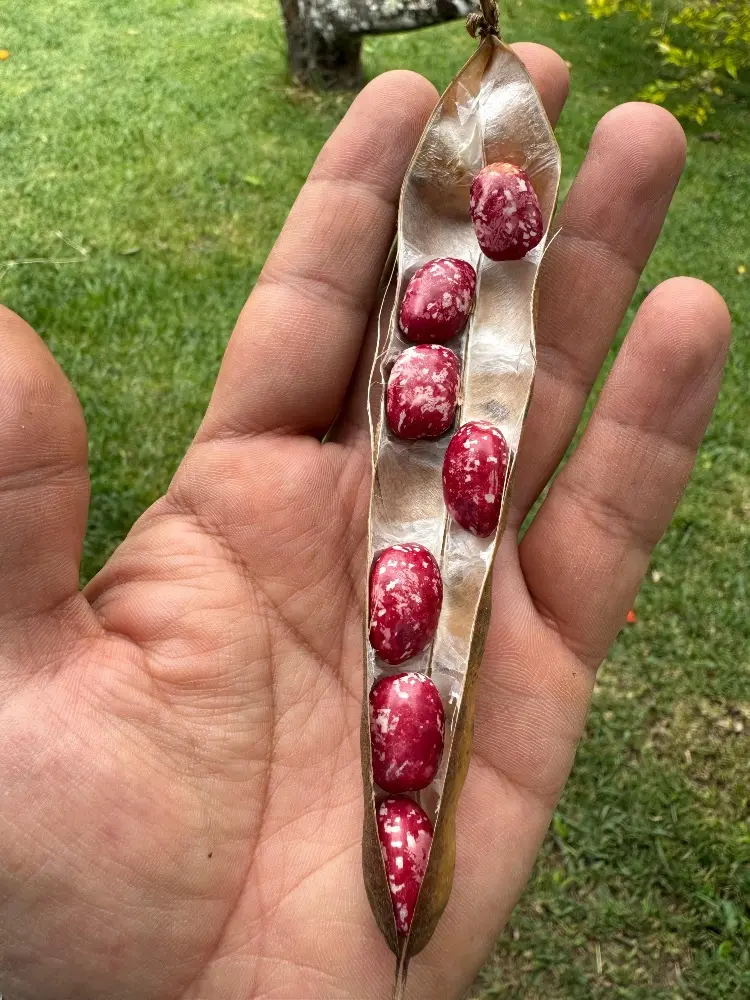
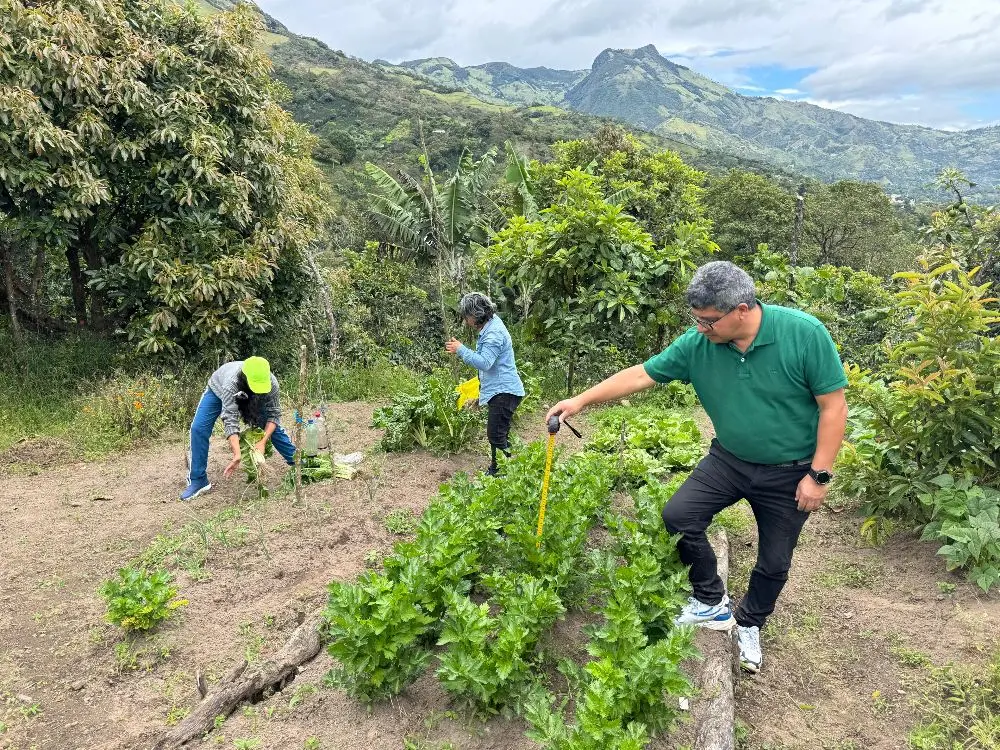
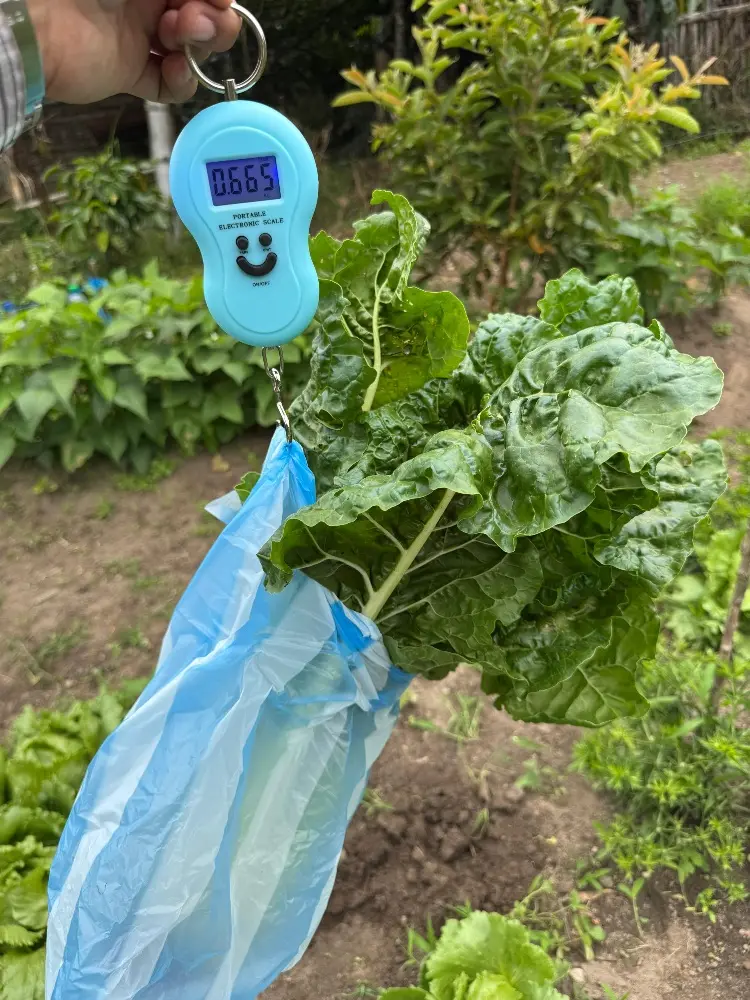
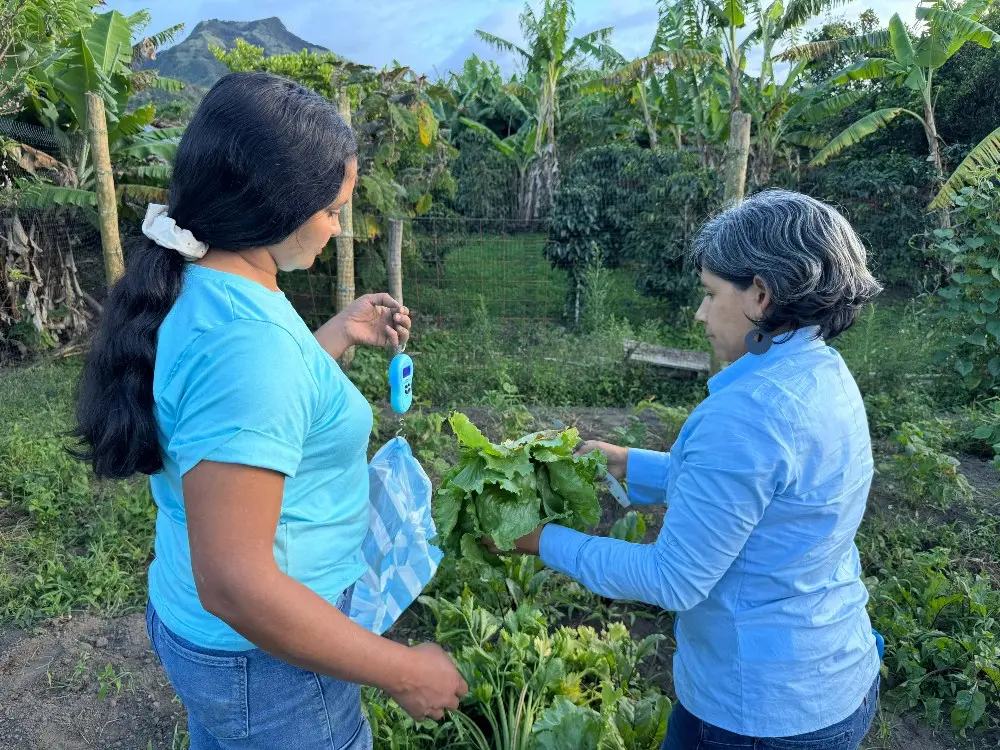
The implementation of these gardens was carried out collectively through mingas (community workdays), which allowed for validation of technical and logistical aspects of their establishment. To date, two planting cycles have been completed, and agronomic yields of the cultivated species have been evaluated. David Alvarez, a researcher from AGROSAVIA, stated: “The key to this process has been the horizontal dialogue established with the participating families, with whom we are collectively building knowledge. This exchange has laid the foundation for generating significant impacts on food security and progressively advancing toward food sovereignty from an agroecological perspective.”
In line with this, the integration of small animal species—specifically laying hens—into agroecological systems has been implemented. As part of the diversification of the productive system, grazing modules for laying hens were incorporated into the gardens, thereby strengthening animal protein production. Each module, collectively designed by the families and the AGROSAVIA team, houses five birds. The hens fulfill essential ecological functions in the garden, such as weed control and natural fertilization, in addition to providing eggs for family consumption.
Furthermore, a key aspect of this initiative is its multidisciplinary approach, which enables knowledge generation from various perspectives. The team is composed of professionals from multiple backgrounds: social worker, economist, agricultural engineer, agronomist, agroforestry specialist, livestock technician, veterinarian, and animal scientist; all of whom, in constant dialogue with the participating families, foster co-research processes.
One significant achievement has been the inter-institutional coordination with local schools. In collaboration with teachers and parents, an agroecological school garden was established as a learning space for students. This environment aims to turn the garden into a living laboratory where new generations are trained in agroecological principles, sustainable practices, and appreciation of local biodiversity.
Finally, the project has prioritized the development of local capacities in key areas such as small animal management and soil nutrition. Through territorial surveys, five local forage species used in poultry feeding were identified and analyzed nutritionally at AGROSAVIA’s laboratories in Tibaitatá. Based on these analyses, an alternative feed supplement formulation using local species is currently being developed as part of an agroecological feeding strategy.
This project stands as a concrete example of how collaboration between communities, local institutions, and research centers can drive agroecological transition processes that are territorially relevant. Through the strengthening of agri-food systems, the recovery of agrobiodiversity, and the empowerment of peasant families, progress is being made in building sustainable alternatives that respond to the region’s food and environmental challenges.
- More information here:
- Mónica Milena Burbano
- Communications, Identity and Corporate Relations Professional
- Research Center Obonuco
- Communications, Identity and Corporate Relations Advisory Office
- mmburbano@agrosavia.co
- AGROSAVIA

